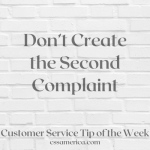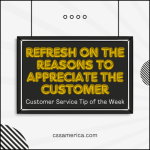A University of Tennessee Volunteers football fan of 40 years is not renewing his season tickets. What makes this story interesting is that one person encapsulated many of the problems that fans of sports across the nation experience in one letter to the UT Athletics Director. The now former season ticket holder addressed:
- Game times/scheduling that appease television networks but are inconvenient to ticket holders
- How high-definition television has made the at-home experience “much more attractive”
- Pricing of concessions v. pricing of ‘a beer in my fridge at home.’
If these points could be boiled down to two key items, those items are price and convenience. The price difference between staying at home v. going to the game is significant. The convenience of going to the fridge v. driving to the stadium, finding parking, waiting in ticketing and concession lines, finding your car, and going home are also significant.
So how do you overcome the significant price and convenience gaps? It comes down to the experience and the value. The game day experience has to be better at the stadium. The value (through the entertainment, the perks/benefits, the relationship-building environment (relationship-building between fans and between fan-team/club), the quality of the play, etc.) has to be significant enough to overcome the alternative – staying at home.
To simplify the challenge of retaining season ticket holders whose alternative is that at-home option, think of the challenge in these terms – What can you do with the experience and the value to overcome differences in price and convenience?
Narrow the battle to those four factors, and build a game plan for success.
Interested in improving your company’s customer service? See more at our new website! http://www.cssamerica.com/
Listen to our latest podcast episode of “Stepping Up Service” on The MESH Network at http://themesh.tv/stepping-up-service/





















